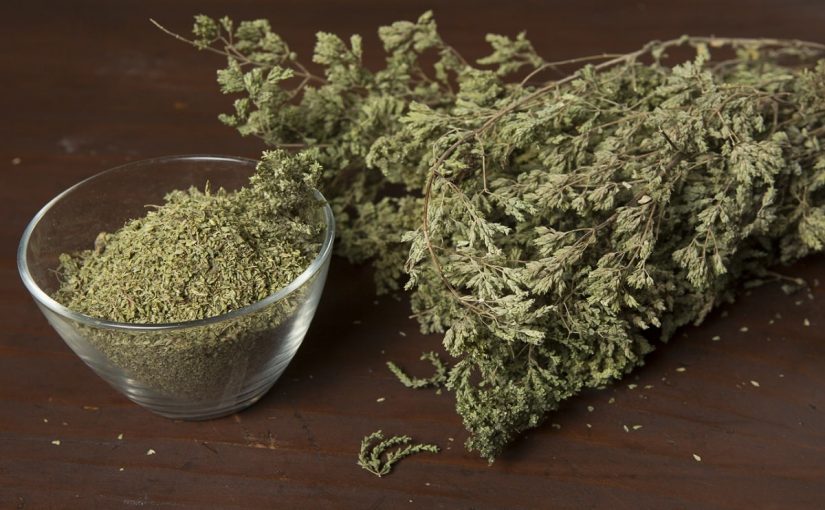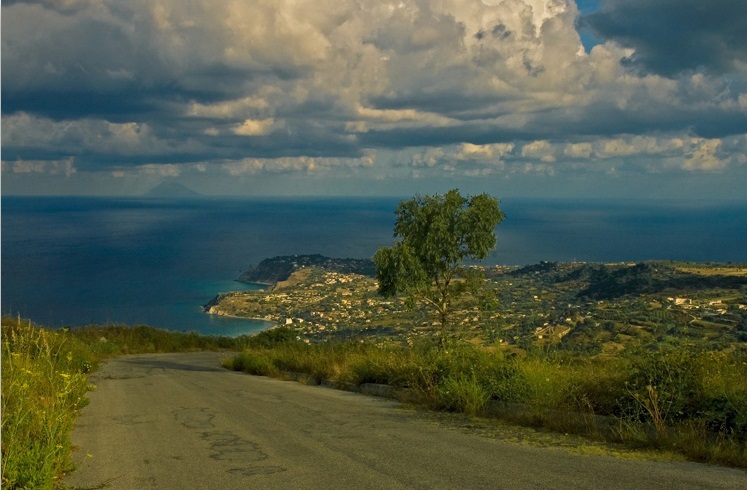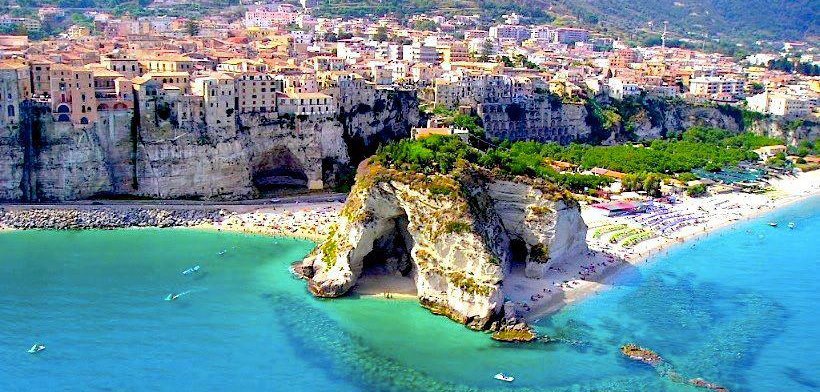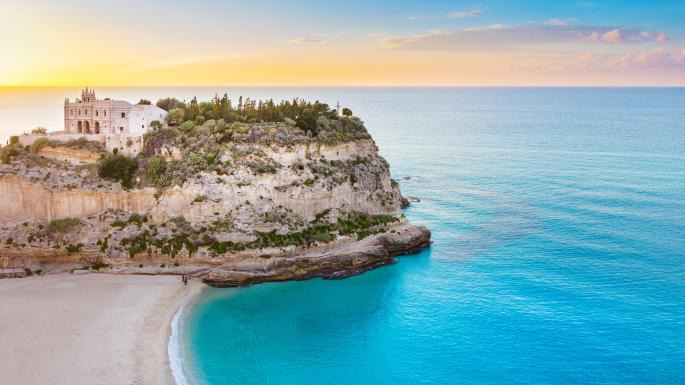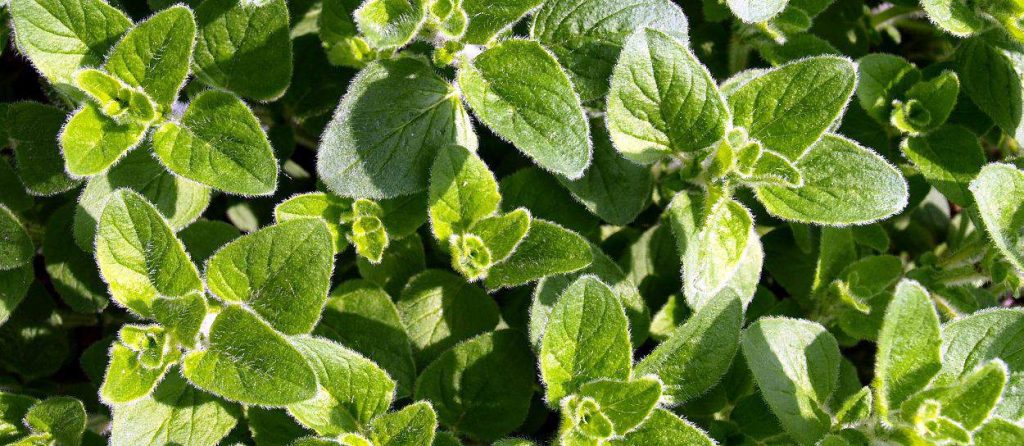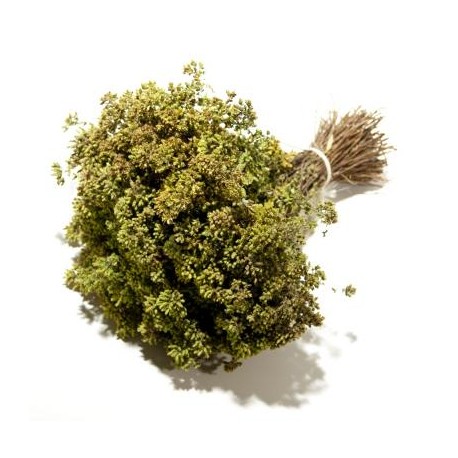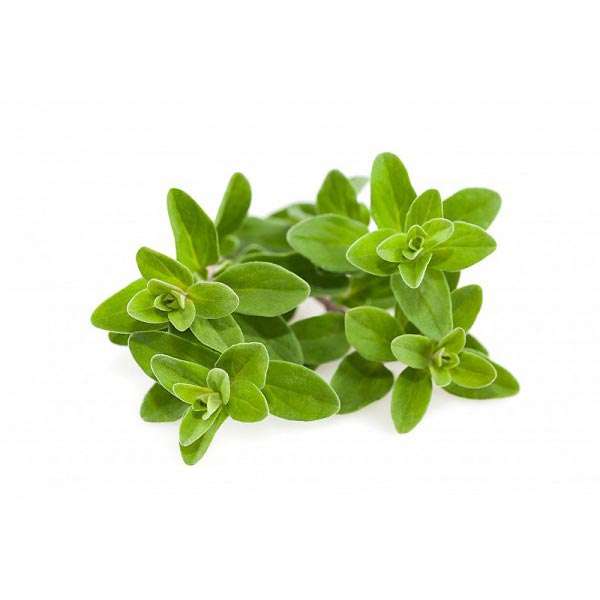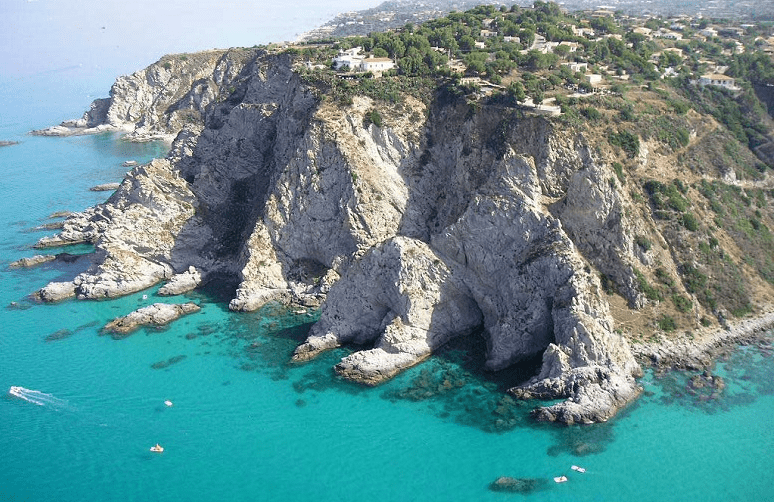4.7.2019
ALL THE TIPS TO CONSERVE OLIVE OIL
From the supermarket to the table, but also to the restaurant, here’s what to pay attention to.
1 – Darkness is the best friend of the oil
Excess lighting affects the quality of extra virgin olive oil. Prevent the oil bottle from being exposed directly to the sun or any type of artificial light.
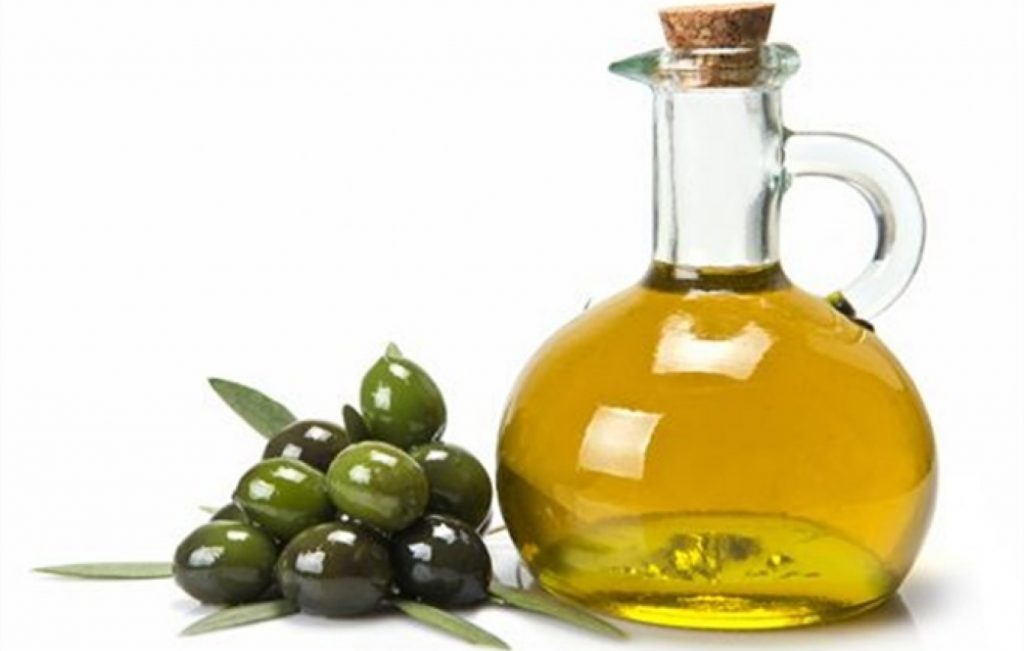
2 – Keep it cool
Temperature is essential to maintain the properties and taste of the oil. The ideal is to preserve the precious “green gold” at a temperature neither too hot nor too cold.
3 – Watch out for air currents
It is always a good idea to close, carefully, the cap after use, in order to avoid the danger of oxidation.
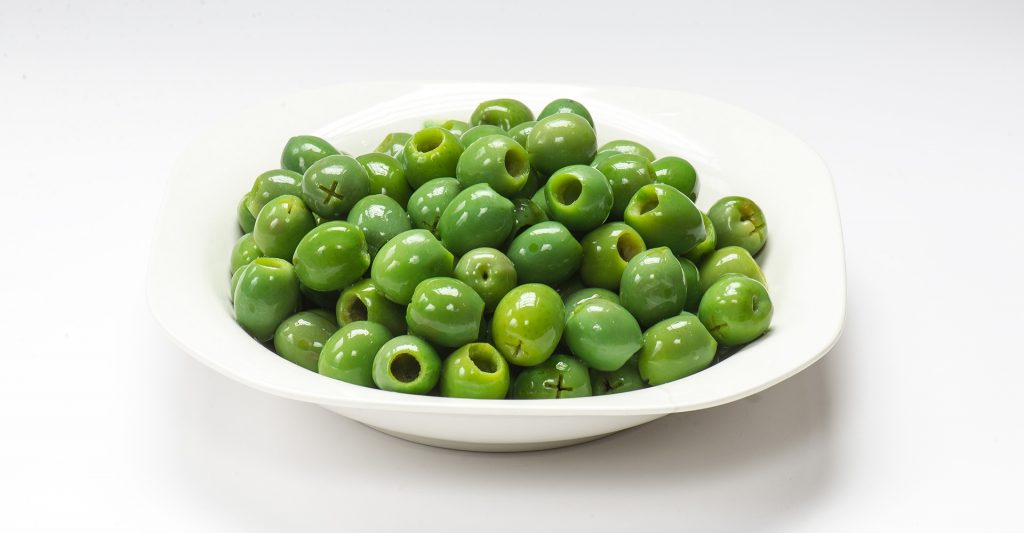
4 – Watch the deadline
On each bottle the date on which it is preferable to consume oil (12-18 months) is always indicated. Usually consumption date cannot exceed 24 months.
5 – Far from impregnating odors
Like all fats, the oil works a bit like a sponge. It is therefore good to keep it away from cans of paint, very fragrant detergents, local with mold or saturated with smoke.
6 – If put outside the home, pay attention to the container
Old olive oil cruets are prohibited by law, in favor of bottles with anti-refill caps. A bottle pack of dark glass is the preferred one.
7 – Pay attention to an abnormal color
The oil can be of various shades ranging from golden yellow to bright green, but it cannot be red-orange.
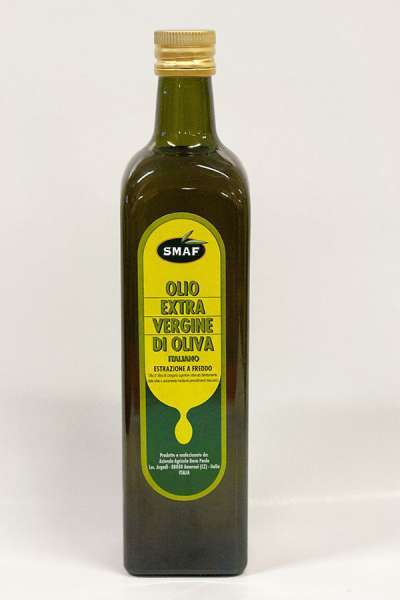
TECHNICAL INSTRUCTIONS
For a proper conservation, you need to follow some precautions, which should be taken to avoid damaging EVO, especially if organic.
In order not to alter its nutraceutical potential, it should be remembered that both EVOO (organic EVO) and EVO is very demanding and prefer:
• To be stored at a temperature between 14 and 18 degrees; while, it does not tolerate high temperatures or near or below zero;
• To be kept in small (maximum 500 milliliters) well-closed containers, always clean, of glass (opaque or dark), porcelain or stainless steel, in cool places and away from aromatic contamination.
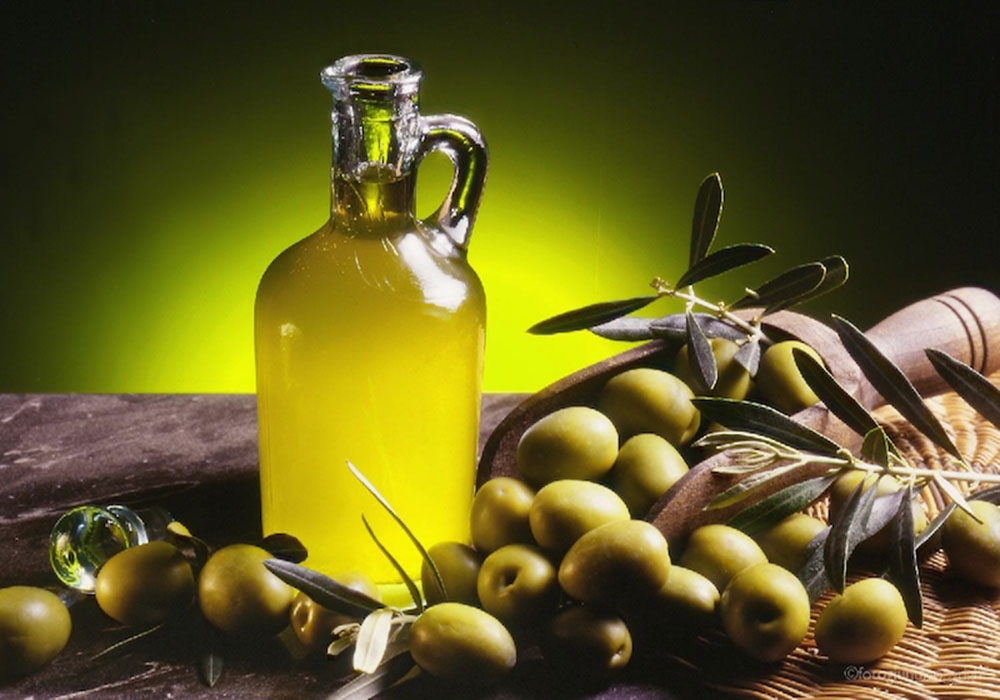
Although tin is a good compromise for short periods, food grade plastic should never be used.
Please, do not put EVO in contact with oxygen and for this reason do not let it remain for a long time in empty containers, even if hermetically sealed.


